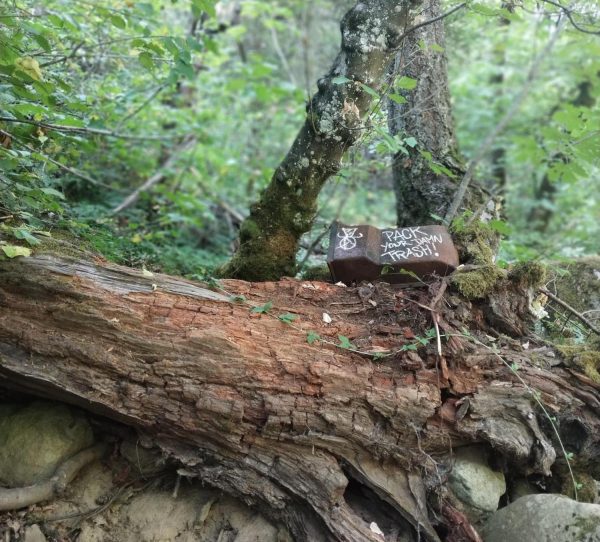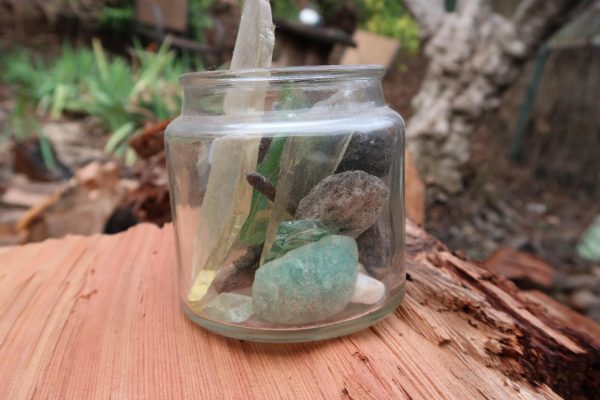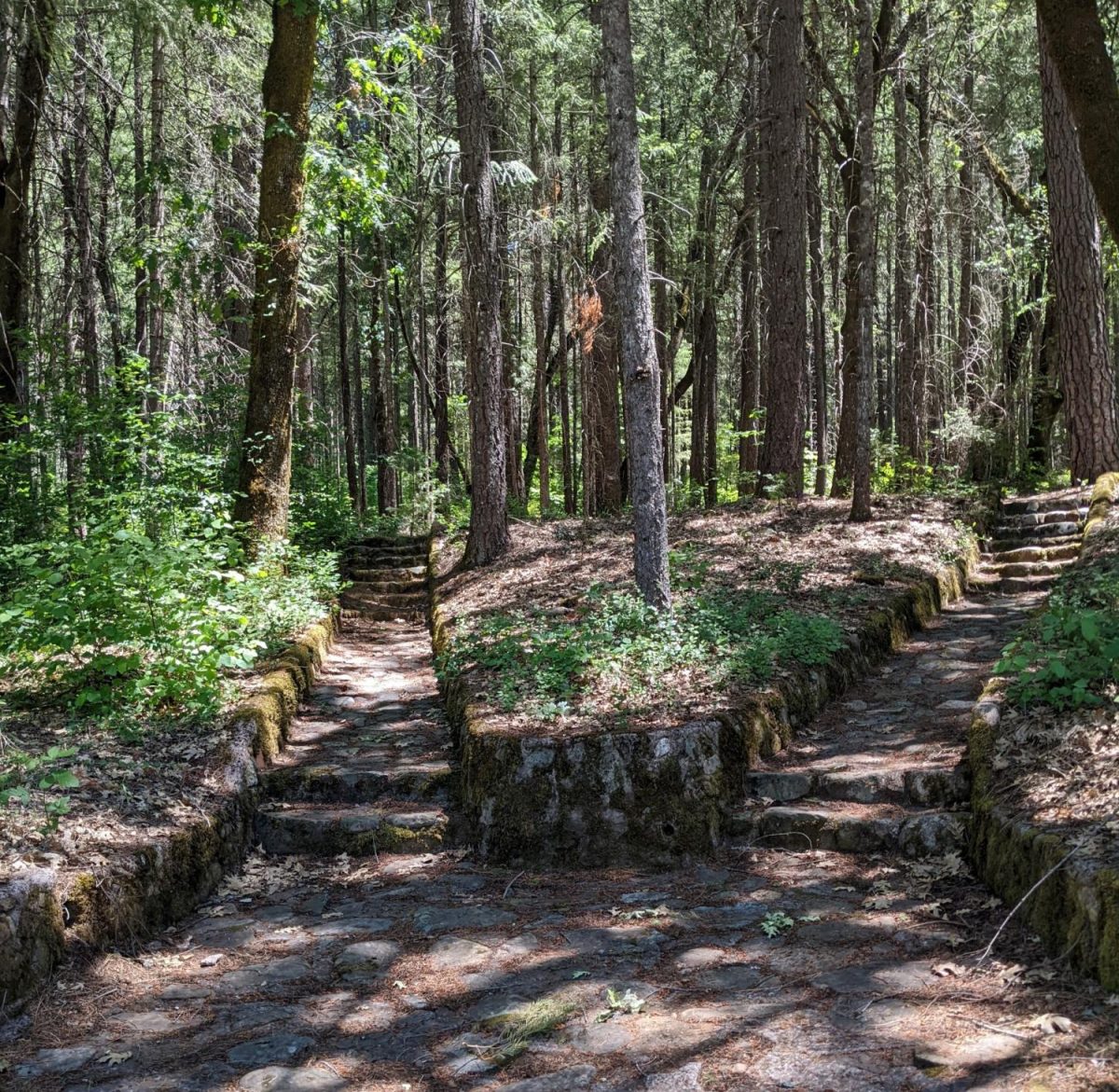Lately, I’ve been losing faith in my fellow humans who hit the trails, even though I know there are many benefits to getting outdoors and enjoying nature.
I’ve watched the places I love and frequented since childhood become overrun, and cracks have begun to show in some common land management practices. Some areas are almost impossible to access because of extreme crowds and traffic. Other places suffer a decline in biodiversity as people trample off trails and over native plant species. Even more spaces will never look the same in my lifetime as wildfires have ravaged them.
I still think one of Northern California’s greatest resources is its abundance of parks and trails. If more of us see the value in these places, I know we will be personally invested in ensuring they survive.
This spring, I will share some trails of the northstate that can impart new knowledge or perspectives. I hope you’ll visit them, learn something new, enjoy time in nature and leave with a desire to contribute to the future of your local parks and trails.
Getting outside for a hike or walk can be beneficial for mental and physical health, while also providing opportunities to learn about natural resources, land management and history.
If everyone who visited our parks and trails valued them for these reasons, they may behave differently. Instead, these places are often treated as consumable — rather than sustainable — resources.
I remember visiting Burney Falls in the McArthur-Burney Falls Memorial State Park for elementary school field trips and later for day trips with friends and family. The sensation of the temperature dropping as the trail descended to the falls is one of my strongest memories, a welcome relief in Shasta County’s summer heat.
But if you tried to visit in the past year, you would struggle trying to find parking or get stuck in long lines of vehicles. For better or worse, the falls went viral on TikTok and other social media, and the typically calm park was overwhelmed with visitors.
I’m glad other people enjoyed this place of natural beauty, but I also feel a sense of disappointment. It’s almost like the feeling of wanting to gatekeep access to your favorite musical artists.
I have doubts as to whether the lines of people waiting for their turn to take a selfie or a quick video in front of the falls were truly appreciating them. If the screens and cameras disappeared, would the tourists be gone as well?
Burney isn’t the only place I’ve had bittersweet feelings toward.
I also think about the many meadows and fields of native plant species that become backdrops for the perfect Instagram shot at the expense of the plants themselves. Trampled wildflowers have become enough of an issue that California State Parks have begun to issue warnings saying “don’t doom the bloom.”
Shasta Lake, the jewel of my home county, has struggled through the years with spring break crowds leaving yards upon yards of trash after their vacations. In 2016, the University of Oregon offered an official apology on behalf of their fraternities when 90 tents full of trash, food and alcohol were left behind.
With all this in mind, there are some unofficial rules we should all understand and follow on the trails I’ll be sharing.

Stay on the trail!
Staying on designated paths is a good idea for your own safety. Depending on where you are hiking or walking, there’s a chance you could get lost if you stray off the trail.
There can also be dangerous terrain or wildlife off-trail: rattlesnakes can be a particular hazard in Northern California!
But even if you lack basic self-preservation instincts, not staying on the trail can cause problems for others too.
When people repeatedly go off-trail and tamp down grass and dirt, they create what is known as a social trail. Social trails can confuse other hikers who may follow them and get lost or hurt.
Stomping off the trail can also cause long-lasting damage to the surrounding environment and ecosystem. Long-term effects like erosion can alter a landscape and make it difficult for native species to grow and thrive. This can also lead to a loss of habitat for local wildlife.
If you love certain trails and recreation areas for their flora and fauna, the best way to preserve them is to stay on the proper path!
Leave no trace
Another way to ensure the places you love stay healthy and accessible is to practice “leave no trace” principles.
While these principles encompass ideas like staying on the trail, the main thing I want to focus on is packing out your trash.
Leaving behind detritus from your walk or picnic takes away from other hikers’ experiences of what should be a place of natural beauty.
Similar to the point about staying on the trail, leaving trash behind can also have negative impacts on the habitat you are exploring. Animals can eat the trash and food scraps and disrupt their diets. Waterways can become clogged and polluted.
To be the best trail user you can, a good practice is to not only pack out your own waste but to also pick up any other trash you see. I’ll admit, I’m not always practicing this principle myself — some things are simply too gross to pick up barehanded!
On the other hand, my brother, a star hiker, typically carries a trash bag to pick up as much trash as he can and packs it out to the nearest can.
One way to make cleanup more fun is to create a souvenir jar. I don’t typically bring back paper trash or nasty stuff, but I have a couple jars full of different summer’s junk.
They contain coins, glass shards, and other items I’ve found and brought back from trail excursions, and they are surprisingly fun pieces of decor now with good memories of time spent outdoors.

Pay attention and put the phone away
By all means, take pictures! Hitting the trail can give you the opportunity for some stunning scenic backgrounds, and photos are one of the few things you can and should take from your favorite parks and paths.
But we have all probably experienced rude and inconsiderate trail guests who are so invested in getting the perfect photo or video that they take away from everybody’s experiences and wreak havoc on delicate ecosystems.
To avoid being “that guy,” put your phone in your pocket and enjoy your surroundings.
Observing your surroundings when you get out in nature gives you many opportunities to learn about plants and animals you may have never seen or noticed before.
In a recent Golden State Naturalist podcast episode, host Michelle Fullner and guest Justin Garwood made the point that being in nature can lead to a better understanding of global issues through a local lens.
For example, you may hear about the devastating effects of wildfire in large-scale news stories, but when you get out on your community trails and see the effects in your local environment it is easier to understand and put in perspective.
To do this, you have to be aware. A good practice is to take stock of the things you can observe around you. What can you see, hear or feel on the trail? How does that change from each hike, or season to season?
With all that in mind, don’t leave your phone at home entirely! Besides taking photos, you can also use maps and trail guides online, and take advantage of apps like iNaturalist and Calflora to identify and learn about the plants and bugs you see. Use it as a tool to help you be a better observer, instead of an obstruction.
I trust that if we follow these rules and consider the well-being of both our local ecosystems and our fellow humans, we can all enjoy some spectacular hikes this spring.
Check back soon for a trail review to help you explore both new places and concepts.
Heather Taylor can be reached at orionmanagingeditor@gmail.com.







